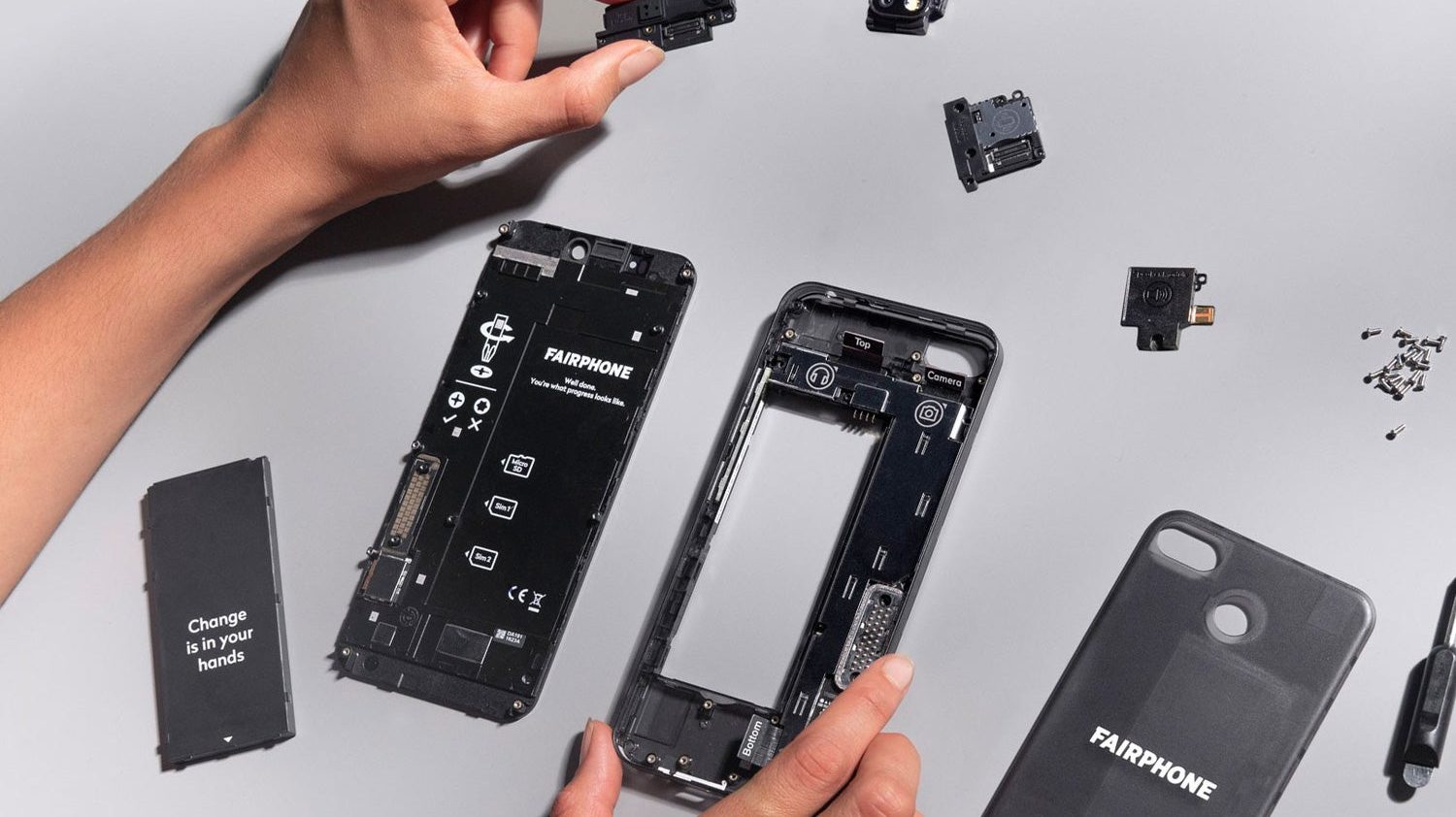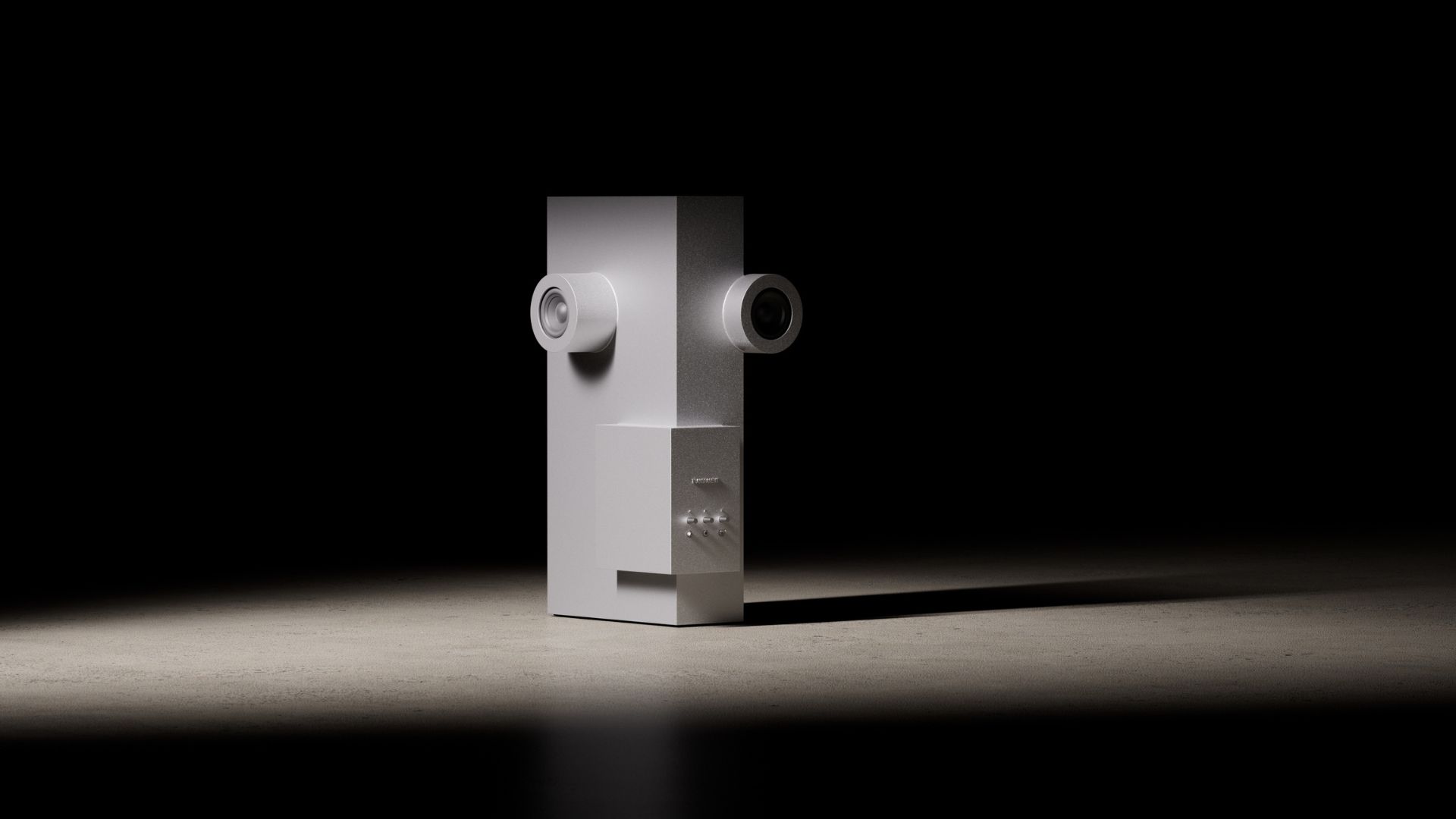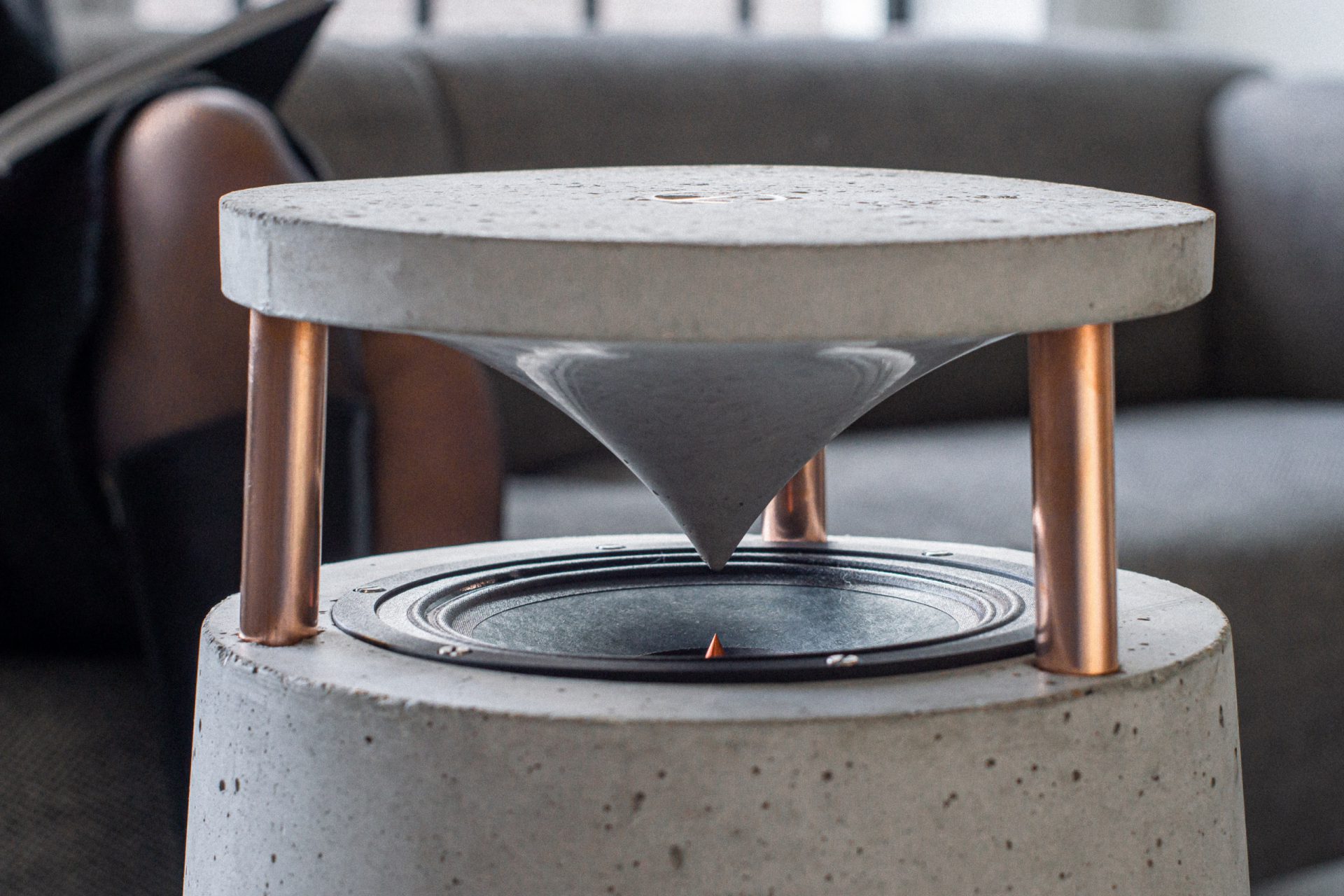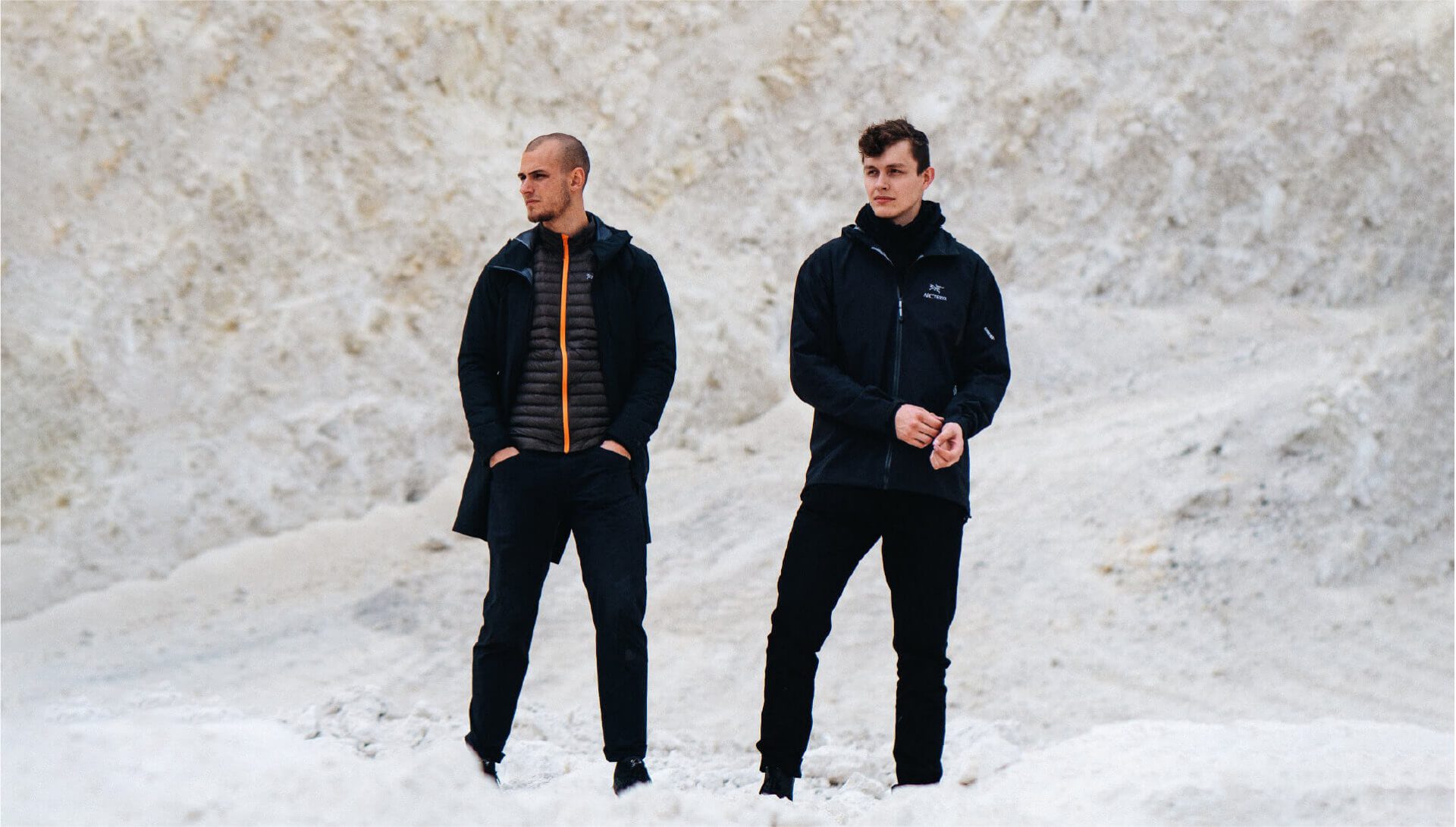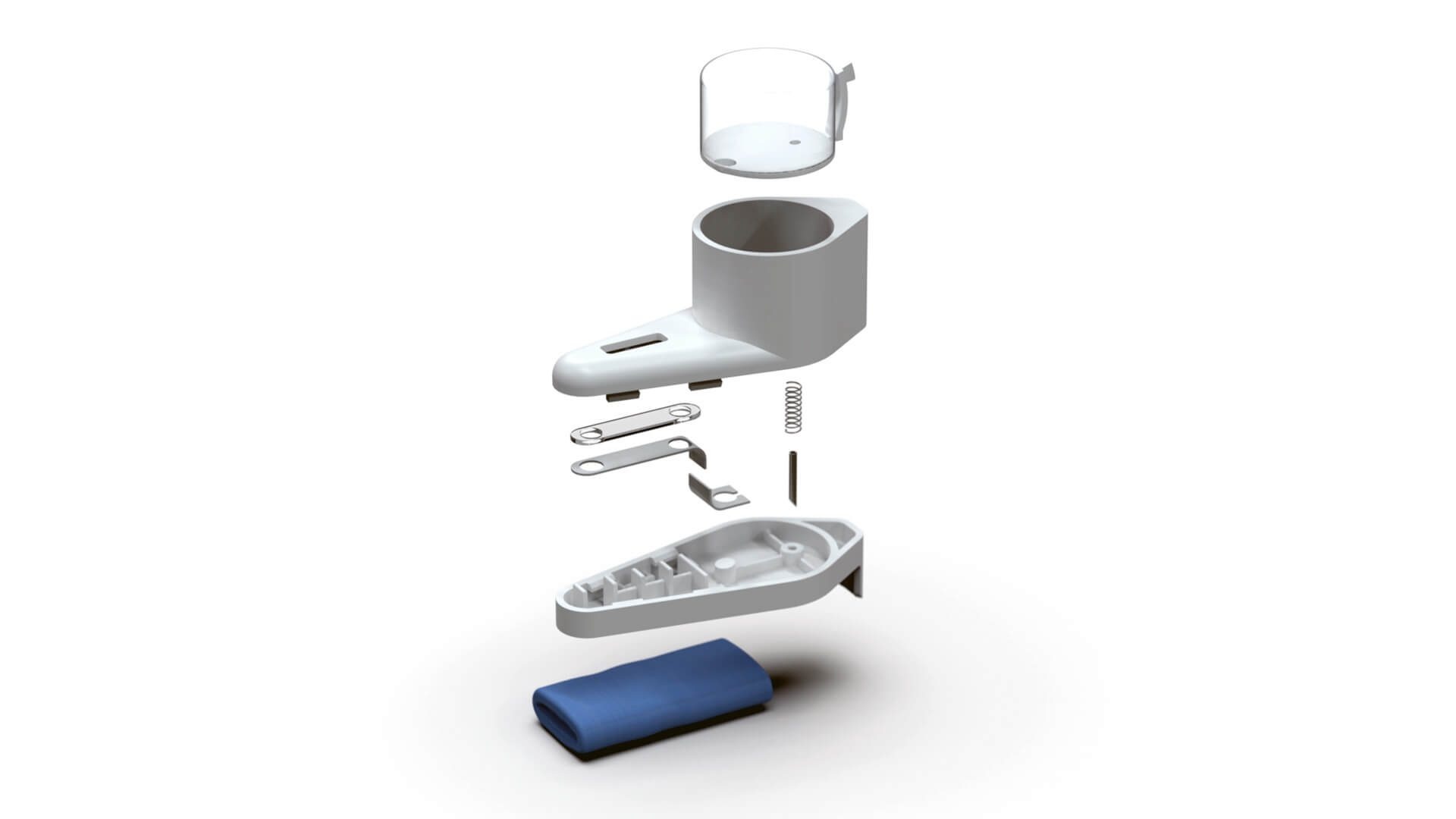We spoke to Jon Friedman, Corporate Vice President of Design & Research at Microsoft
As a passionate design leader, Jon retraces Microsoft’s milestones, driving us through the values and practices of a tech giant.

“Design is a connective tissue driven by customer needs” – Chief designer of Microsoft Office products, Jon Friedman is the leader of a design and research team of over 500 people working on the next generation of creation, communication and collaboration experiences across work and life.
Sparkling passion for design, innate aptitude for making things, key skills with problem-solving and leading are all complementary components in one personality, Jon Friedman. As Chief Designer at Microsoft Office products, Jon develops new consumer products from their early conceptualization as well as reimagines existing products, used by hundreds of millions of people around the globe. Despite holding over 20 patents across wearable devices, mobile phones, social communication, and paediatrics, Jon mostly gains joy from the simple pleasures, such as the love for his family.
Eager to learn from his experience, DesignWanted had the opportunity to interview Jon Friedman, discovering more about his journey in Design, his current position at Microsoft, the projects he has managed and several hints about Microsoft’s practice, values and offerings.

Who is Jon Friedman and how did your journey come to be to become the corporate vice president of design and research at Microsoft?
Jon Friedman:
“First and foremost, I’m a designer. We all play many roles in our lives; I’m a dad, I’m a husband, and I’m a son. The thing that sparked my passion as a very young kid was the process of creating things, of making things, and not just the idea of it. One thing I realized about myself as I have grown up in the design industry, it doesn’t matter how hard I work or how many hours I work, if I’m making things, if I’m going through the process of solving problems, I gain energy. It fills my battery.
It’s this kind of amazing thing, that sort of going down the rabbit hole of creation, solving problems, identifying opportunities, making something new or building on other people’s ideas that can just energize me in ways that very few other things can. I think that’s the nature of design, that’s why I got into it, that’s why I love it. And I think of it more as something I love to do, more than just a career. It’s part of who I am and what I care about. And it can be anything… I’m definitely passionate about certain aspects of design.
Anywhere there’s a problem to be solved that can help people in some new and unique way, there’s an opportunity to do something really cool and dive deep into design. That’s who I am in terms of being a designer.
How did I become a corporate vice president at Microsoft? First, there’s always a combination of being in the right place at the right time, and then there’s doing the right thing when it comes to career growth. I never want to discount the fact that luck plays a role in being in the right place at the right time or fate, depending on how you think about it and how you face the world. But the one thing I reflected on is approaching my career like I approach a design problem.
There’s no wrong or right way, there’s just learning. You’re going to make mistakes; inherent in the design process is the discovery of what works or doesn’t, or the accidental. People talk about failing forward as a concept in design, and I think that’s true in a career as well, certainly in my career. Many years ago I started at Microsoft as an industrial designer, I was hired as an intern, designing things like smartwatches.
I focused my career on design problems and making better products, but also on learning what works and what doesn’t when you build a culture of many people working together, and how you adjust on the fly. I applied design thinking to every sort of product I’ve worked on at Microsoft.

Some things you learn from are these moments of, “Oh, that didn’t work” or the product was too early or a little late to the market or “We didn’t work through the right culture first”, you learn from that and suddenly it’s clicking. You build this amazing culture, you connect better across many disciplines. You get everybody to focus on a narrative together and these core building blocks to success in designing products start to fall into place.
Steve Jobs said “Stay hungry, stay foolish”, and I think in many ways that’s what he was talking about: there’s always more to learn. No matter how much you think you know, you really don’t know anything. And there’s always something new to learn from every circumstance. My career is a reflection of the idea that at every stage and each new product I’ve worked on, the new cultural challenge I faced was just an opportunity for learning and growth.”

What do you do at Microsoft? What does it mean for you and for the people that you manage to combine design, research, engineering all at once?
Jon Friedman:
“We build products for hundreds of millions to over a billion people on the planet. As I think back to being a younger designer, I would have been ecstatic to make something that thousands of people would use. The idea of this massive scale is a lot of accountability; it’s a lot of responsibility to do the right things for people.
For me, the combination of designers, researchers, engineers is really critical. To scale out to such a large group of people, you want, you need to understand both the depth and breadth of the types of human needs people have. It’s not as simple as a small set of people using your product in one place. It’s really understanding these larger cohorts of different types of people using your products in many different ways and then understanding their inherent needs.
This is where research plays this critical role, it’s like having headlights in a car. Without research, we wouldn’t be able to see ahead where the opportunities are, where the challenges are, what people really need.

Design and engineering are two sides of one coin, they’re both creative disciplines. When you see opportunities and human-centered needs in your product, the ability to iterate through different designs is really important in order to understand what’s technically feasible, what you can do to help them solve their problems, on the cutting edge of technology.
They’re each critical elements in your toolbox. To build on the metaphor of research being the headlights, when you put engineering, design and research together, you get this ability to see ahead and steer the car. The nature of designing services and software for hundreds of millions of people necessitates design, engineering, research, all working hand in hand, towards the same broader goal of making products better for customers.”

What would you say is the very unique role of design among these three areas, disciplines for you and for Microsoft?
Jon Friedman:
“I’d say design plays two critical roles. One is building the most delightful, desirable, simple solution to a problem in any given product, raising its bar; that’s the obvious thing a designer does. Or in the end, we do it through the design process or through iterating and trying. But there’s another role that design plays that is, at Microsoft, the most important role. It necessitates being great at being a product maker in the first role, but the second role is really unique.
We have many different apps we’ve built over time: we have Windows, we have these great devices that we’re building. And what people are buying is Microsoft 365, the service or Surface, the device. And it happens that when you buy Surface, you get Windows, Office and a few of our services, including a 365. So increasingly, people are buying a system, they’re buying a service or a product that they expect to help them accomplish their goals. Our design team works across Microsoft, a company of one hundred and sixty thousand people, a giant company, and the design community is relatively small.
Wet look across things. We truly are a community where we work across the entirety of Microsoft, we connect across the entire company. One of the unique things designers do is to think about the system of what they’re designing and how the design fits into the broader system. One of the most unique roles design plays at Microsoft is really a connective tissue driven by customer needs. Most people we talked to use two to five different applications to get any sort of productivity done in their lives. It means that the Microsoft ecosystem needs to work together as if it’s one product made by one person, even though in the end it’s made by over one hundred thousand people.

Design plays this unique role of being the arbiters of connection, the people who can view the bigger picture of how all the puzzle pieces fit together and both make each individual product much better and raise its bar.
Then designers build off of each other’s work and connect across what the product would seem if it weren’t for design. And I think it’s an incredibly unique role that design plays, that designers care about deeply. They care about the bigger picture of the context in which they’re designing. Designers across Microsoft self-organize to do this.
When we did the new app icons that have rolled out across all of Microsoft, some of my partners sponsored it with me and the design community just stepped up. It didn’t take a lot of motivation to get designers to care about building on each other’s ideas and working out on each other’s concepts to scale to something much bigger. It was natural to design it. We play that unique role for Microsoft, the role of thinking of Microsoft 365 as a product, of Windows Edge browser, Office, Surface, all coming together as one thing.”

Would you say that this attitude, this mindset, is very typical of designers compared to other professionals, like engineers or researchers or tech people?
Jon Friedman:
“I see other disciplines do it, engineers definitely build on each other’s work. So in some ways, we’re probably more like engineering than other disciplines, and it’s probably because we’re makers, designers.
But I also think the unique role design plays has more to do with the product definition and the scenarios that people walk through. There is a unique mindset from a user model, a customer mental model of how a product works. Design uniquely thinks about how the system all connects together, whereas we’ve learned a lot from engineering on things like working in open-source design.
We’ve done a lot around processes to make it easier for thousands of designers to work together, learning from hundreds of thousands of engineers. But the mindset that we’re talking about, when it comes to the human mental model, is that you need to design how to interact with a service or software.”

Speaking of collaborative mindsets, the Microsoft Fluent Design System is an open-source, cross-platform design system. Is that something that came out of this unique designers’ approach?
Jon Friedman:
“Many years ago we had a design language called Metro. And it was the early first version of rejecting skeuomorphism in the aesthetics of a product design. It was an amazing first step, but it was more a set of principles than a set of designs and code that could be shared.
That was probably our first step in. Then others in the industry did some amazing work around designing systems that, of course, inspired us as well. And when we revisited our design language to build it into more of a design system, the world had changed so dramatically. Working across devices became totally normal and Microsoft had shifted from being a software company to a service company, delivering our applications and services across all these different platforms – iOS, Android, Mac, PC, Web.
We had to evolve our thinking for what a design system entails, and the only way to have breadth across this broad set of products we work on in depth is to build an open-source community on how we design. We recognized there was convergence in the industry on good software design, certainly from an aesthetic perspective. There are dark mode and light mode, softer, rounded corners and people represented in circles. They became the base level of design, a system that was working across multiple platforms, with specific, unique differences among them.”

We had to design a system built off of what was working across the industry, available on each platform as if it was born native there, and uniquely had the value of Microsoft. And so the way we’ve built Fluent has truly been an internal open-source process. But we’ve also been more public about it and got more feedback. We relied on the reactions of the industry or anyone who really cares about designing systems in tech products. That is why we’ve been writing more stories and meeting passionate designers.
We recognize that building a great design system and an amazing brand in our products is a matter of understanding breadth and depth, and building off of great ideas that are already out there and then adding our unique value. That’s how we’ve been focusing on Fluent as a design system.”
Speaking of collaborative remote working, can you tell me what you think are the best features of Microsoft Fluid Framework?
Jon Friedman:
“I’m really excited about Fluid, it unlocks so much of what we care about in the design community, especially in human-centered design. In times of Covid, we’re all working remotely from home, needing to manage our energy and our time and to work with lots of other people while coping with the daily stresses of life.
My kids were in school in our house for many, many months. It’s hard to even remember how many months it’s been, it’s hard to remember a time before Covid. We’re all juggling many things and we’re trying to collaborate with a lot of people, sometimes synchronously over video chat, sometimes asynchronously when we have time.
There’s a lot of potential fatigue in that. We found that there’s a high level of fatigue in the switching cost of keeping in mind, “What app do I open?”, “When and where did I find that bit of content?”, “How do I take action on it?”, “Who do I bring in?” and “How do I share with people?”. Covid has exacerbated this and made it more obvious that the more seamless something is, the more we can bring to you what you need and allow you to accomplish it at that moment, without having to be a systems integrator yourself and to decide all of the apps you have to open. The more powerful it is, the more we can reduce fatigue for you and hopefully delight you in that you’ve accomplished your goal faster, easier and in your flow.

The power of Fluid framework is in breaking apart what really was essentially the power of Office, the live components that are collaborative by nature and are cloud-based, and putting it wherever you are, whether it’s in a chat, an email, a document or a whiteboard. The fact that we can break these things apart means that we can bring to you what you need, where you need it. So I can message you and say, “Hey, Fabio, can you fill out this table of articles you’ve written on design?” And it’s right there. I literally send you a chat and you fill in a few things and I happen to have a document and it’s all there for me.
I’m in the flow of what I’m doing, you’re in the flow of what you’re doing. You can accomplish it on your phone, I can be on a big screen. You’re able to do it in a micro productivity way at a bus stop or outside of the train on your phone.
That’s amazing, right? We saved you time, we saved me time. We were able to work together asynchronously at this moment. For me, the power of Fluid is in asking, “How do we tailor the software to you?” and “How do we start from the perspective of everything has the potential to be collaborative?”. Nothing is offline or a solo act anymore, everything is online and has the potential for many people to work on it together.”

What would you say are the major drivers of change and trends within technology in the work environment, like the one where Microsoft operates?
Jon Friedman:
“I know that we all want to know the answer to it, but I’ll tell you what we think about it, what we’re increasingly becoming more and more aware of, and it goes back to Microsoft’s mission to empower every person on the planet to achieve more.
We think a lot about what it means to empower people. It’s not just about getting your task list done. Actually, in some ways, we can go back to what we first talked about; each of us gains energy from different activities, we care about accomplishing different things in our lives, and we are holistic humans.
Each of us is individual and unique in some way, and yet we’re social animals and we desire to work together. So the question we ask ourselves is, how do we care for a whole person? How do we care about the well-being of a person? Because we know that your well-being is what drives the energy of being the most productive version of yourself.

Productive doesn’t mean churning out more widgets, it means getting your best ideas and thoughts, by having the largest possible impact on the world and others. We take that as the North Star; empowering people means caring about their broader goals. And then we look at what’s happening in the world and we know that people are more overwhelmed than ever. There’s more distraction flying away than ever. So there’s a greater challenge. The ubiquity of technology has given people information and its amount is a source of anxiety and stress. Yet we care about you managing your energy and accomplishing the big goals that you want.
Jon Friedman:
“We’re excited about AI and its potential, not because you can do more things faster or get down to your task list faster, but since it can help you focus on the bigger things. There’s a lot of basic tasks that AI can help you accomplish; multi-step tasks that we’re even able to do today can get tedious and stressful things out of your way. And that’s just the beginning.
How can we use the software and its power to help you declare what bigger things you’re trying to accomplish in your lifeline? How can we help service the right things to you, to learn and grow towards those bigger things you want to accomplish while getting your daily tasks done?

We did this video research recently, with six different people in their homes, three days, work and life altogether. I remember this woman at the end of the day after accomplishing more than I’ve ever seen anyone accomplish in a day (I mean, she looked like she was the most productive person on the planet), but she was tired and distressed because she didn’t get to the one thing she really wanted to do: my mind immediately went to how our software can help make the million tasks people have to deal with every single day, faster and easier to accomplish and how it can help people do the bigger things they want to do.
That’s why I say we care about people’s well-being. We care about tailoring our products to what gives people energy, what people want to accomplish in their lives. The future for us is using the power of AI technology and machine learning in the cloud to truly empower you towards your bigger goals. And that means shortening the smaller tasks you have to do and helping you manage them. You will do a lot of things in your day-to-day life and make space for the bigger things that matter.”




